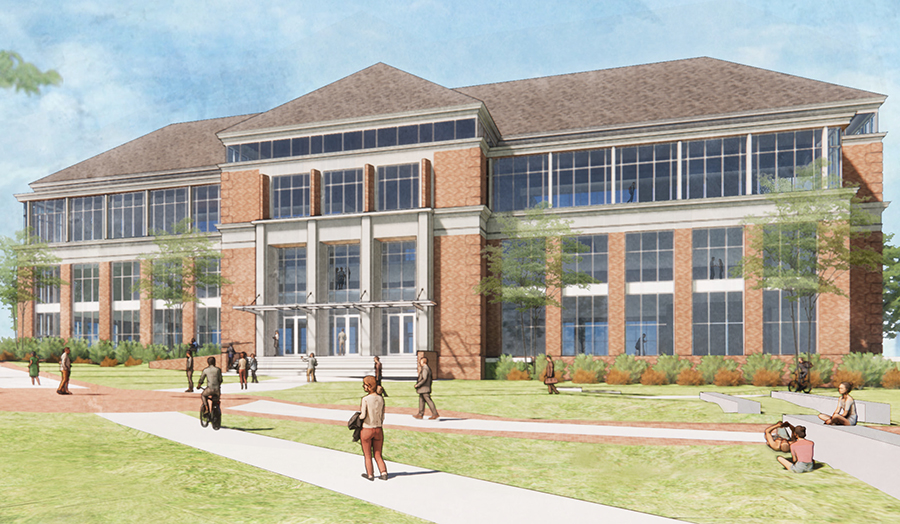

Construction to begin this fall on the Richard M. McVey Data Science Building
$20 million gift from Rick McVey ’81 ensures expansion of Miami’s transdisciplinary data science program
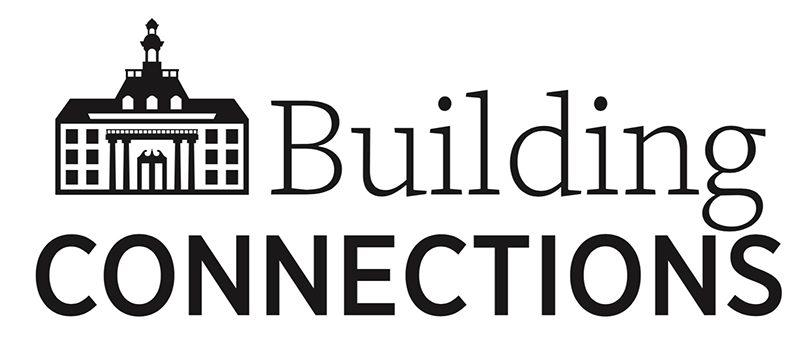
Part three of Building Connections: A series about Miami's new building and renovation projects.
Read part one of the Building Connections series: Clinical Health Sciences and Wellness facility enhance the collaborations that define Miami.
Part two: Miami's New Indoor Equestrian Center will expand K-12 outreach and student opportunities.
By Margo Kissell, university news and communications
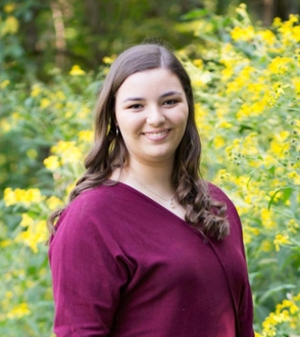
Allison Riley
Allison Riley loves data.
The senior majoring in data science and statistics with a co-major in analytics was promoted last July to data manager for the same nonprofit where she had a data internship during her first year at Miami University.
“I love to tell stories using data,” said Riley, an intern in Miami's Center for Analytics and Data Science (CADS) and a scholar leader liaison in the Wilks Leadership Institute.
Riley works for Magnified Giving, whose mission is to educate, inspire and engage students in philanthropy and, in her words, “to touch the hearts and minds of teens, lighten the concerns of others, and magnify the impact of philanthropy.”
As she’s working her way through college pursuing a bachelor’s degree, she’s already considering next steps — leaning toward possibly getting a master’s in business analytics or data analytics.
Riley knows Miami plans to break ground this fall on the Richard M. McVey Data Science Building, an 87,000-square-foot space located along Tallawanda Road on the Oxford campus near Withrow Hall and Benton Hall.
“I think it is awesome that they are building and dedicating a whole building just for data type majors and studies,” she said.
A $20 million gift
Construction of the three-story building is expected to be completed for use in January 2024, said John Porchowsky, project manager for the McVey Data Science Building and a member of Miami’s planning, architecture and engineering department.
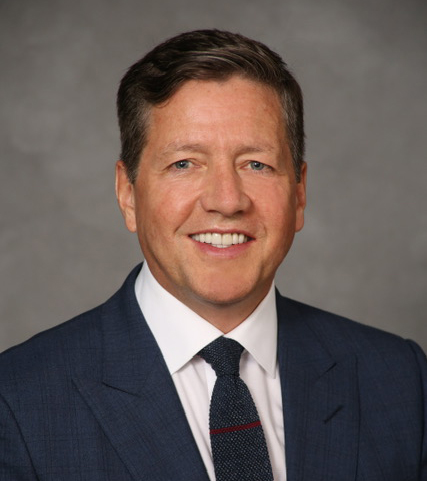
Rick McVey (Miami '81)
Miami officials announced in October 2020 a $20 million gift from Richard McVey (Miami ’81) to fund the construction. The building will be named in recognition of this contribution — one of the top-five largest single gifts in Miami’s history.
As the founder, chairman and CEO of New York-based MarketAxess, a leading international financial technology company and now part of the S&P 500 Stock Index, McVey is passionate about ensuring that Miami continues to advance the field of data science.
"Data science and artificial intelligence are having a profound impact on all sectors of the economy, and especially here at MarketAxess," McVey said. "The demand for data science skills is growing rapidly in every industry. It is gratifying to help Miami build a distinctive program with this gift, which will increase access to data science programs for Miami students for many decades to come."
Miami President Gregory Crawford underscored that this gift is central to making Miami’s vision of creating an academic epicenter for data science a reality.
“An interdisciplinary team of faculty and staff have been working on a design for this building that will transform our academic programs related to data science and digital technology. This gift makes that vision a reality,” Crawford said.
Crawford hopes the new facility will encourage stronger transdisciplinary research for faculty and provide a transformative educational experience for students.
Research and hands-on student experiences
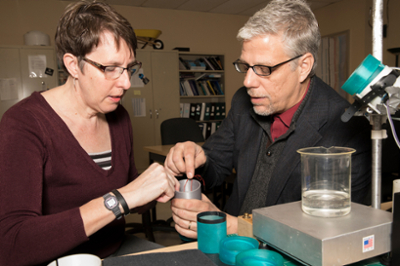
Donna Scarborough, associate professor of speech pathology and audiology, works with Michael Bailey-Van Kuren on devices to assist pediatric patients with issues related to gag sensitivity (photo by Jeff Sabo).
The building will house the department of Emerging Technology in Business + Design, as well as the departments of statistics and computer science and software engineering, the Armstrong Institute for Interactive Media Studies, and CADS.
“The design of the new building will create a lot of collaboration spaces, where it provides possible collisions between faculty and students from all kinds of areas in these common spaces and a chance to look at things from different perspectives,” said Michael Bailey-Van Kuren, interim chair and associate professor in Emerging Technology in Business + Design.
The building also is expected to facilitate partnerships with other related fields from the Farmer School of Business and the College of Engineering and Computing.
In addition to faculty and student project spaces, consulting spaces, classrooms and computer labs, there will be the Cyber Security Lab, the Robotics/Maker Lab, the XR Stage, the UX Focus Group Room, and the VR Track Space.
Eric Hodgson, chief departmental advisor of Emerging Technology in Business + Design and director of the Smale Interactive Visualization Center, said everyone is excited to have so many related disciplines together in one space.
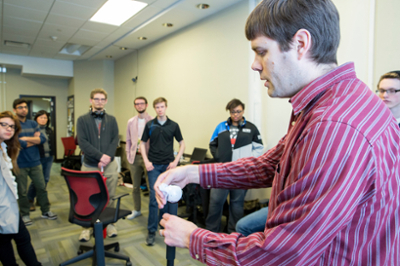
Eric Hodgson said they want students to get hands-on experience working with visualization equipment such as eXtended Reality (photo by Scott Kissell.)
“Being together in the same building lets us rub shoulders with colleagues and students outside our departments, see each other’s work, have conversations and collaborations that might not otherwise happen,” he said. “It's one of the important factors that came up during the design phase of the building. We wanted to be together to spark new synergies.”
Hodgson said they want students to be able to get hands-on experience working with visualization equipment (e.g., Virtual Reality or eXtended Reality), cybersecurity, robotics and eye-tracking.
“Some of these technologies are available on campus but are scattered. Some students may not know they exist in another department or don't have as much access to them,” he said.
Hodgson is looking forward to the XR stage facilities, which will provide new capabilities to do projection mapping, motion tracking, and blended reality capture similar to what he said was used to produce “The Mandalorian” television series.
“This is an emerging technology that has a lot of potential for science and industry but is not widely available yet,” he said. “We've been pursuing large grants to be able to bring this tech to campus and be able to teach Miami students how to use it to its full potential.”
A one-stop venue for interactions on external projects
John Bailer, University Distinguished Professor and chair of the department of statistics, said the new facility will bring together many of the data science colleagues from around campus.
“In particular, statistics and computer science are at the foundation of data science efforts around the world,” Bailer said. “The proximity of these departments in the new building has the potential for encouraging strong interactions between these groups.”
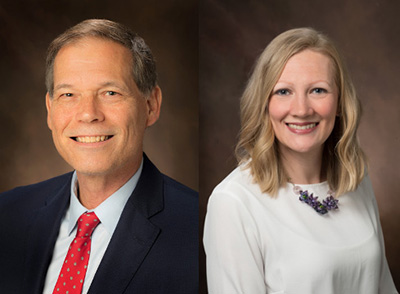
John Bailer and Amy Beissel
Bailer said the co-location of the Statistical Consulting Center (now in Upham Hall) and CADS (now in Laws Hall) will allow for “a one-stop venue facilitating interactions with external project sponsors.”
Data science is not the realm of any single discipline, Bailer said.
“Future data scientists need a strong foundation in statistical thinking, tools and techniques and in computing concepts, languages and skills,” he said.
The new space is being specially designed to increase student-student and student-faculty collaboration in a way that the current home for the department of statistics in Upham Hall isn't well-suited to, Bailer noted.
Amy Beissel, interim director of CADS, said the McVey Data Science Building will provide an opportunity for Miami to be on the forefront of industry trends in this space.
“Analytics and data science is a growing field of study and career,” she said. “Every industry seeks talented individuals who understand how data can shape, inform and create opportunities.”
CADS will occupy a space that is an open-plan concept, where staff and students will be able to interact more, collaborate and problem solve.
“We hope to offer new technology in video conferencing to meet with clients,” Beissel said. “The overall feel we are going for is a trendy, industry-like experience which is quite different from traditional academic settings.”
